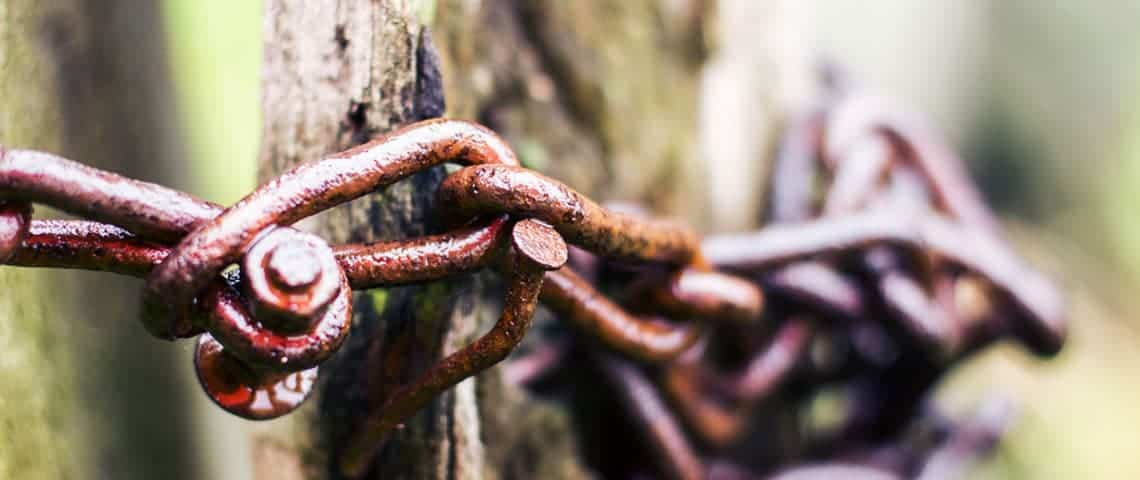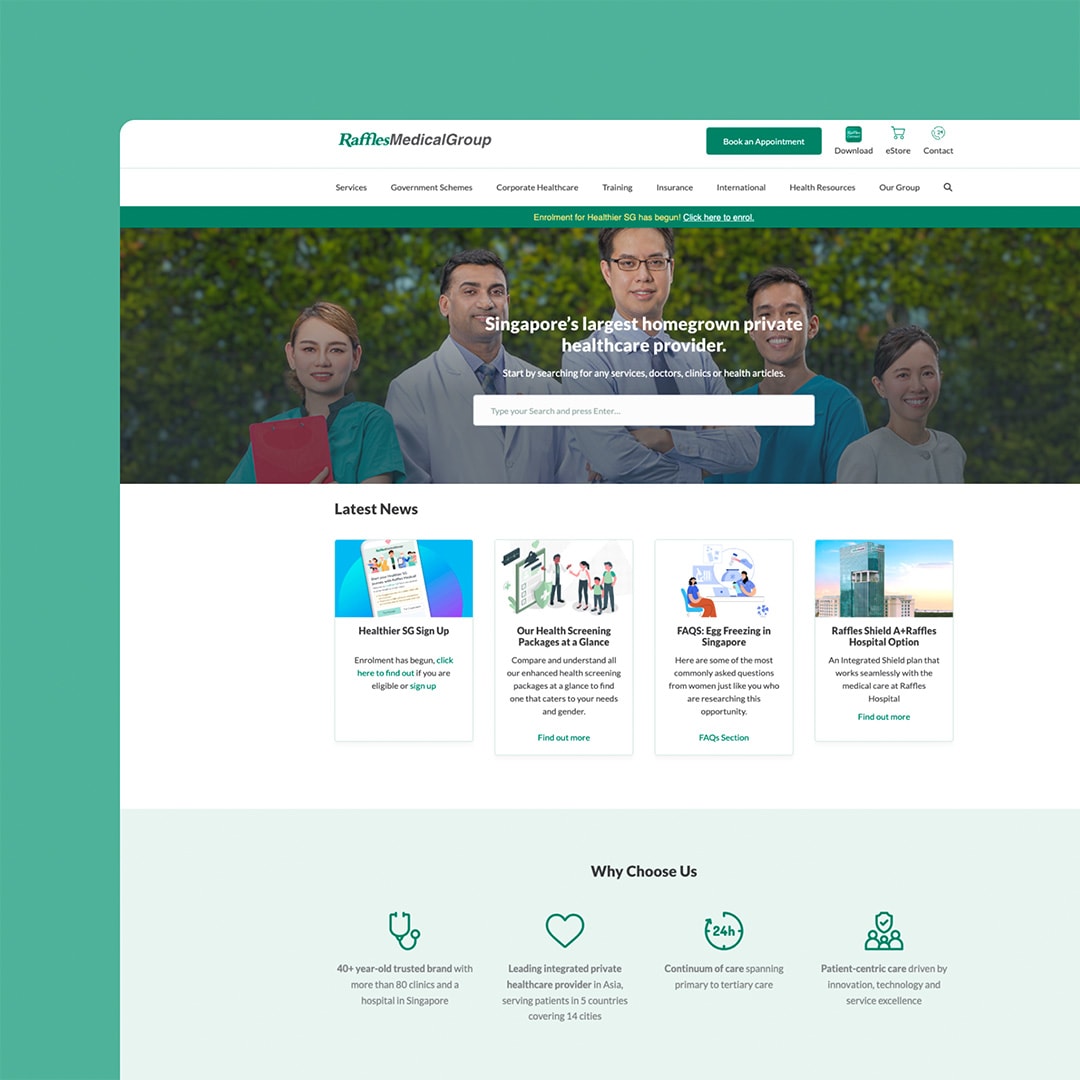
If you’re like many people, the title of this article may sound very scary to you especially if you’re a website owner. Don’t worry, link rot may sound scary but it happens to everyone and has been happening since the internet has been around. In this blog post, we’re going to tell you all about link rot and what you can do to deal with it.
Understanding Backlinks

In order to really understand what link rot is, you’re going to need to know a little something about building backlinks. When it comes to SEO and ranking well on Google and other search engines, backlinks are going to be your best friend. Backlinks are pretty self-explanatory. They are basically links from someone else’s website “back” to an article or page of your website.
If the source of a backlink is from an authority website or website that is very popular, there is a really good chance your website is going to get boosted in the Search Engine Results Pages (SERPs). Google and other major search engines factor in backlinks as a major ranking factor among other things.
The backlink quality is determined by the source of the backlink itself. Getting backlinks from websites that barely rank themselves does nothing for your ranking in the SERPs compared to backlinks from high ranking websites.
What is Link Rot and Can it be Avoided?
So what do backlinks and all this have to do with link rot you ask, and what the heck is link rot anyway? Link rot is a term to describe what happens when backlinks that you’ve gotten over time slowly begin to disappear. As time passes, links go missing, get broken, become “no-follow” et cetera.
Unfortunately, every website on the internet is susceptible to link rot. If you’re building backlinks, eventually you will lose some of those links. The reason for this is that as you get more backlinks to your website from various sources, those sources aren’t always guaranteed to stick around. Some websites may close down or some may just purge some of their older content or rewrite content to freshen it up. With that being the case, links that may have been on those sites are typically removed.
There is also the case of your links simply being broken. Perhaps that is due to a change of URLs and website restructuring on your part or something happening on their end. Regardless, there are many different ways and reasons that links you use to have may not work or even exist anymore.
How to Deal With Link Rot
Link rot is pretty much impossible to stop, however, there are some measures you can take to make sure your links live on as long as possible.
- Research Your Backlinks – You can use tools like Moz Open Site Explorer to research the source of your backlinks and see how things are going with them.
- Inspect Your Own Website – Sometimes the problem lies within. Make sure to do an SEO website audit on your website every 12 months to ensure there are no broken links and that they work properly. You’d be surprised how many websites have missing or broken links and don’t know about it.
- Seek Backlinks From Authority Websites – Don’t just build backlinks for the sake of building backlinks. You want to make sure the websites linking back to you are quality sites. Authority websites tend to stick around, so getting links from authority sites means your links will likely stick around as well. If Google notices that the majority of backlinks you get are from “bad” websites or sites that aren’t ranking at all, that can actually pull down your ranking in the SERPs.
Overall, the best way to deal with link rot is to keep building more “quality” links and creating content that’s great and people find useful. If you would like help with your link building efforts, and to fix link rot, contact us today.










